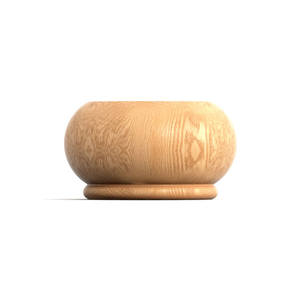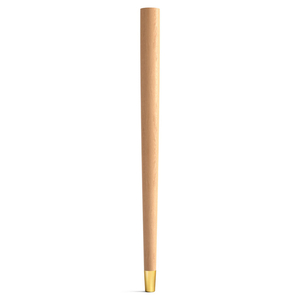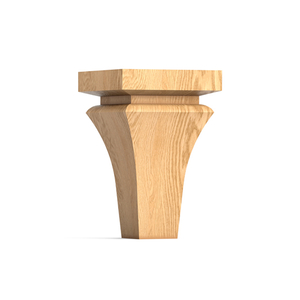The art of the carved furniture legs and how to choose them
When it comes to interior design, people tend to think of big, most noticeable stuff: the wall decorations, the furniture, the colors. But there is one part of furniture design that’s easy to overlook - the furniture legs.
Just like any piece of decor, they come in varieties of shapes, sizes, colors, and materials. For any interior design, there’s a good choice of furniture legs to fit your vision just right.
But the type of decorative furniture legs that tend to spring to mind are furniture legs, carved from wood in a wide array of designs.
And that’s not surprising: carved furniture legs have been a hallmark of craftsmanship and decor for centuries; from the grand halls of European palaces to the interiors of colonial homes, these intricate pieces added elegance, character, and history to the furniture, and their evolution reflects changes in artistic styles, cultural influences, and woodworking techniques.
The practice of carving legs for furniture goes back to centuries ago. For example, Egyptians decorated their furniture with animal-themed legs, such as lion paws or hoofed feet, which reflected their beliefs in the divine working through the natural world. The Greeks and Romans took inspiration in this practice, while incorporating intricate scrollwork and acanthus leaves, which can be seen in the Corinthian column style.
And during the Renaissance, when the artists turned to look at the past and refine it for the future, furniture makers in Italy and France introduced ornate designs that included cherubs, floral patterns, and intricate scrolls. The Baroque and Rococo periods further exaggerated these features, favoring curves, gilded accents, and other dramatic elements.
Then, in the 18th and 19th centuries, there was an emergence of styles across Europe and America, including the Queen Anne and Chippendale styles, which is recognizable through the curved cabriole legs, often ending in ball-and-claw or pad feet. The Victorian era, with its heavy ornamentation, featured floral and gothic-inspired details.
With such a long and varied history behind each design style, it’s no wonder that carving the furniture legs themselves is a craft with centuries of experience.
And this craft requires skill, precision, and an understanding of wood properties - soft and hard, oak and beech, the grain, the texture… a good artisan knows how to bring out the natural qualities of the wood in their work. Traditional hand-carving methods involve chisels, gouges, and mallets, where artisans shape each detail; some of the finest examples of historical furniture have hand-carved legs, demonstrating the skill of the artisans who made them.
In the modern era, machines and power tools have revolutionized the production of carved legs, allowing for greater precision and efficiency. However, handcrafted pieces still hold a place in the world of furniture due to their undeniable uniqueness and craftsmanship - after all, there’s nothing like the feel of a handcrafted furniture.
As you can see, the history of carved furniture legs is as varied and complex as their designs. The artists of the present took inspiration from the past, while adapting it to the present. You, too, can adapt your furniture to look the way you want it to. But how to choose the right design?
Let’s take a look at some of the most popular and enduring styles of carved furniture legs.
Types of carved furniture legs:
- Cabriole leg – The cabriole leg is, possibly, the most recognizable of the styles. It features a double curve resembling an animal’s leg, and, fittingly, often ends in a claw-and-ball or pad foot. It is most characteristic of Queen Anne and Chippendale furniture.
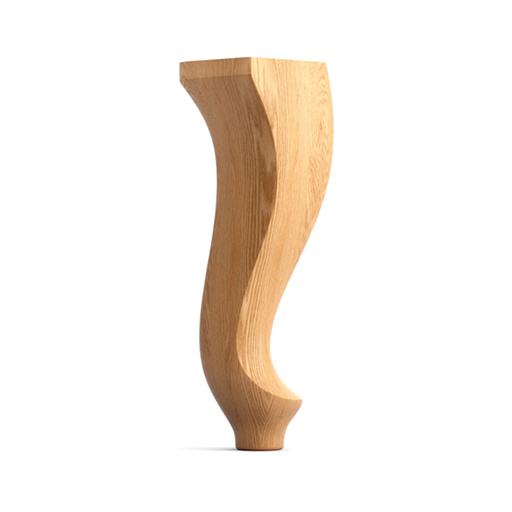
- Fluted leg – Inspired by Greek columns, fluted legs, true to their name, are decorated with vertical grooves. These grooves add a lot of texture and visual interest to the furniture and interior as a whole, and are common in neoclassical furniture.
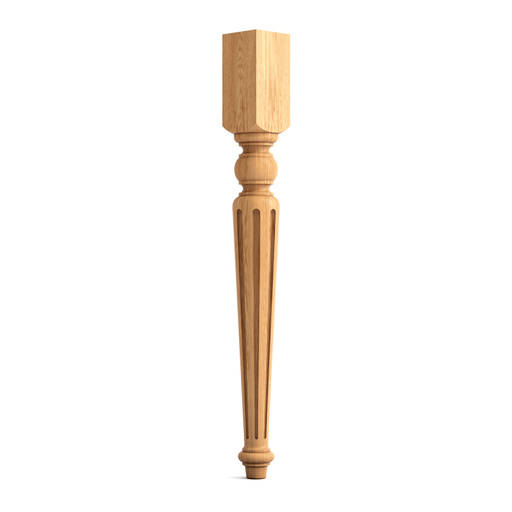
- Reeded leg – Similar to fluted legs but instead of concave grooves, they feature convex ridges. The ridges, catching light and casting shadows, make the furniture look complex, interesting, more intriguing, and so, the reeded legs were popular in Regency and Empire furniture styles - styles that took inspiration from Roman architecture.
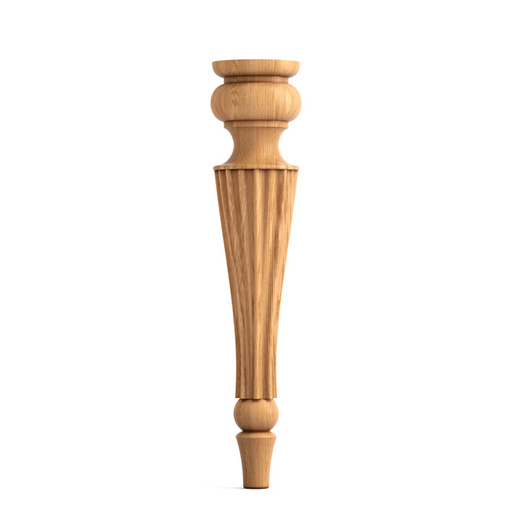
- Turned leg – From simple spools to barley twists. These legs are crafted using a lathe, which gives them protruding symmetrical patterns. They are often seen in traditional, colonial, and farmhouse furniture, fitting for a softer, and yet, more dynamic look.
-512x512.jpg)
- Block foot and bracket foot – Common in early American furniture, these legs prioritize stability and function. Simple, sturdy, and reliable - these feet are definitely a good choice for an interior that focuses on elegant clarity of the clean geometric forms. However, they can still have decorative elements, such as scalloped or carved edges.

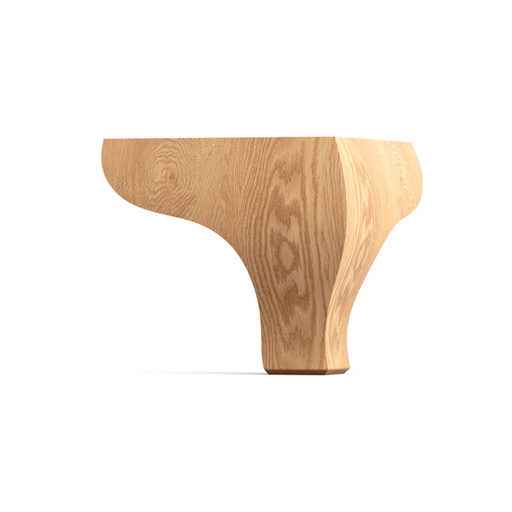
Now, with the overview of the most common carved furniture leg styles, there’s but one question. How to choose right?
It’s easy enough, if only you consider the following factors:
Style compatibility: Naturally, the big thing to watch out for is to match the leg design with the aesthetic of your home. For instance, a cabriole leg complements classic interiors, while a turned leg fits well in rustic decor. Some other common styles include:
- Modern: Sleek, minimalistic designs with subtle curves or straight, geometric lines.
- Rustic: Showcases natural wood textures and simpler, handcrafted details.
- Victorian: Characterized by intricate carvings and elaborate designs, often found in antique-inspired decor.
(But, of course, you can also mix and match to your heart’s content!)
Material:
- Hardwood (oak, mahogany, walnut): Durable, classic, and suitable for traditional and antique furniture. However, hardwood is much heavier, and is much harder to carve - especially complicated and intricate patterns, which reflects in its price. It is a great choice for sturdy furniture, however!
- Softwood (pine, beech, cedar): Lighter and often used for rustic or farmhouse-style furniture. As opposed to hardwood, it’s easier to work with, and still makes for an ecological, natural and beautiful material for the furniture.
Functionality: Legs naturally should provide functional support. Check height (for comfortability), thickness (for sturdiness) and spacing (for balance and stability) of the legs for your furniture - especially for tables and seating, and especially if you expect them to bear significant weight.
Floor protection: If you don’t want to scuff your floors, it’s a good idea to consider felt pads, or to make sure to place carpets.
Not the least of your choices: what finish would fit your furniture?
- Natural wood finish: Ideal for a classic or rustic look.
- Stained finish: Enhances the wood grain while matching the overall color scheme.
- Painted finish: Use color to bring your own aesthetic - from white to black to any color of the color wheel, you can customize your furniture to fit whatever look you want.
- Distressed or antiqued finish: Perfect for vintage, shabby chic, or French country styles.
With so many choices and varieties, it’s no wonder that carved furniture legs are still such a timeless part of the interior decor. Whether you’re inspired by the looks and aesthetics of the past, or look to the future and ride the shifting trends, carved furniture legs are a testament to the artistry that goes into the craft. And you too, can be a part of this tradition.




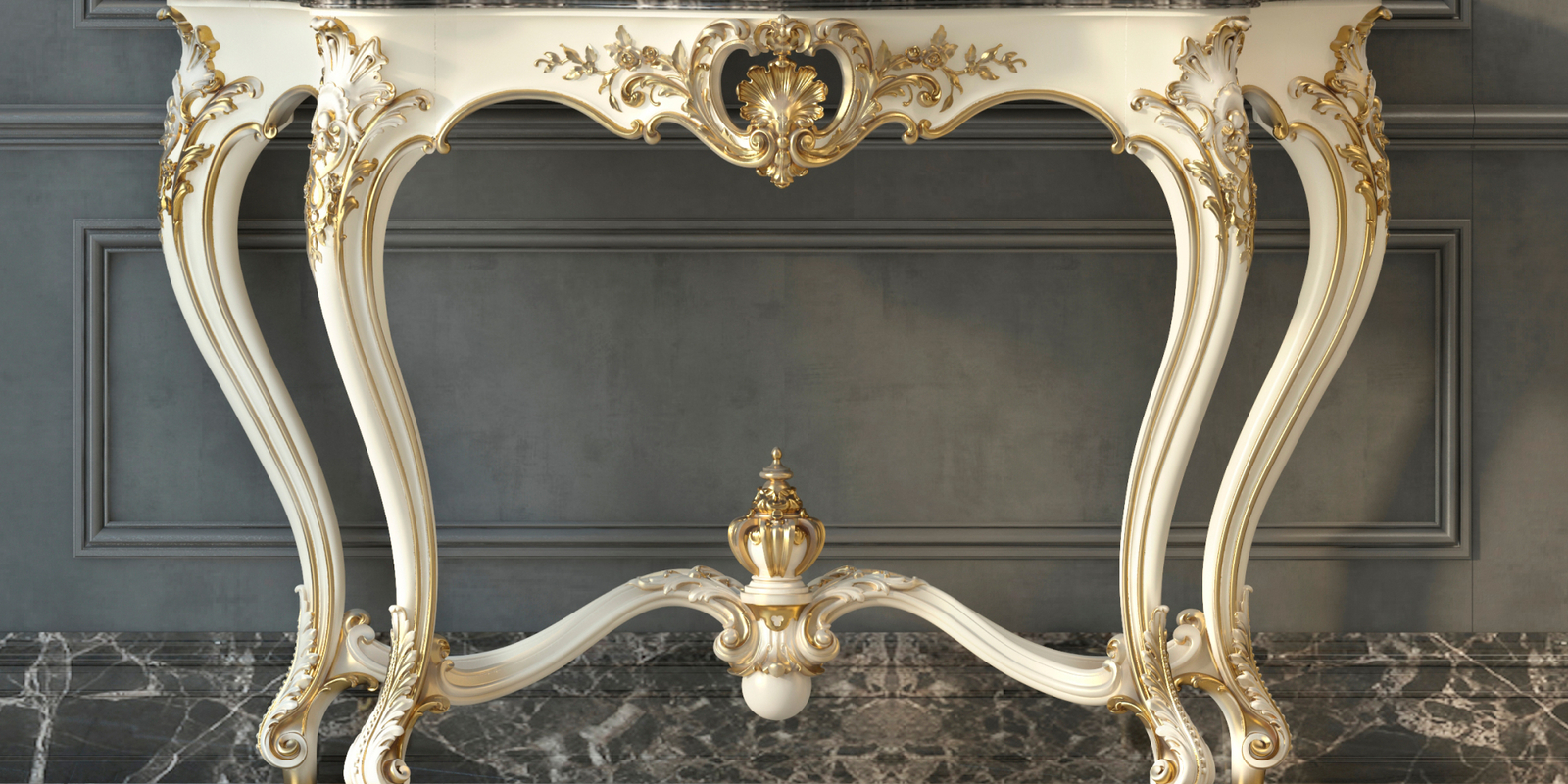
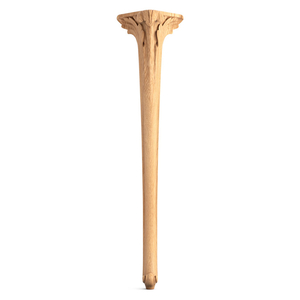
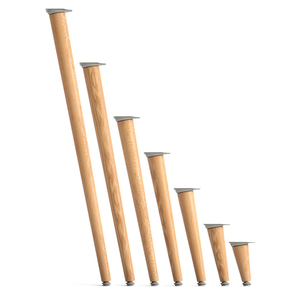
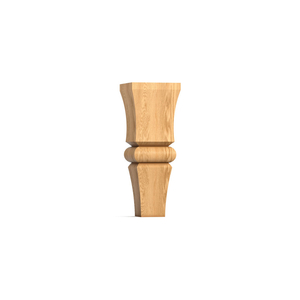
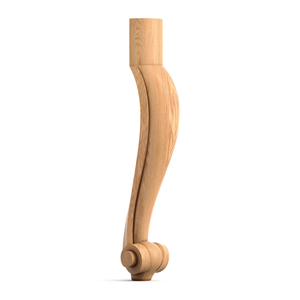
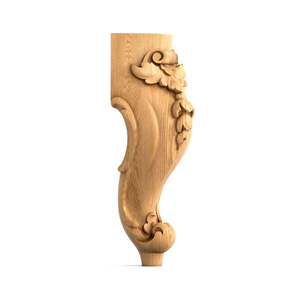
-300x300.jpg)

